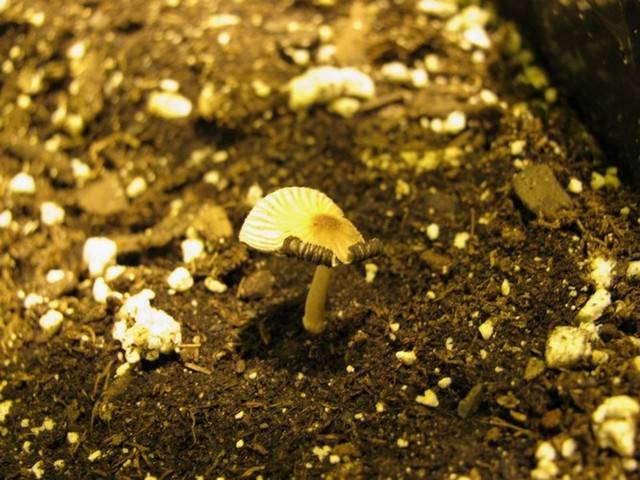So adding Myco to a GH 0-6-9 feed schedule would be pointless? This would kill the bacteria, no?

Marlo my good man the best advice you could get here is to take what you read with a grain of salt.
If it makes sense to ya try it but EVERY room is different water is different and styles are as well so take heed in what you try and if it works share it and if it doesn't share that as well.
Good Luck
Mr.Wags



 I've seen the same ones in my soil! Gotta love the living dirt.
I've seen the same ones in my soil! Gotta love the living dirt.


